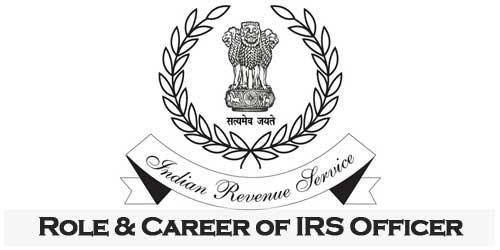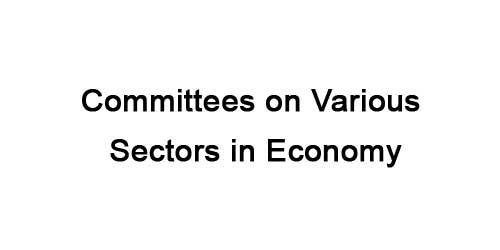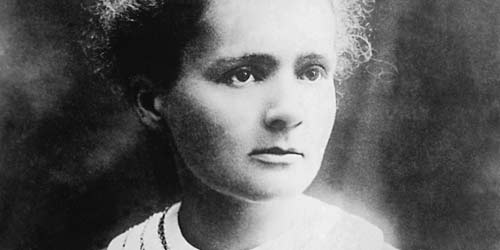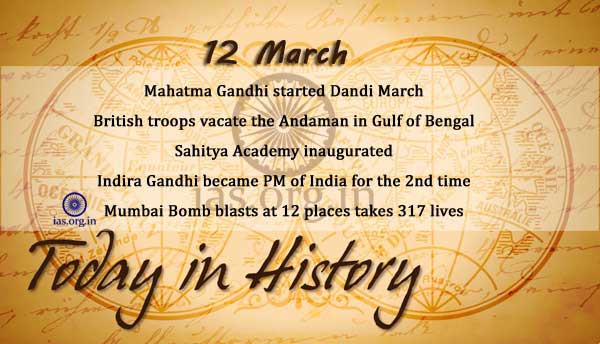Indian Revenue Service (IRS) is the Central Civil Service of the executive branch of the Government of India under Group A. The most important functions of an IRS Officer is to do collection of revenue for development, security and governance. Indian Revenue Service functions under the Department of Revenue under the Union Ministry of Finance. The Indian Revenue Service Recruitment is done through the Civil Services Examination conducted by Union Public Service Commission every year.
Must Read: Career Path of IAS Officers
Indian Revenue Service Consists of Two Branches:
- IRS (Customs and Central Excise) is controlled by The Central Board of Excise and Customs (CBEC). CBEC is the national agency which administers Customs, Central Excise & Service Tax in India.
- IRS (Income Tax) is controlled by Central Board of Direct Taxes(CBDT). CBDT is responsible for administering a number of Direct Tax Acts, namely-
- the Income Tax Act 1961,
- the Wealth Tax Act 1957,
- the Gift Tax Act 1958,
- Interest Tax Act 1974,
- Securities Transaction Tax Act 2004,
- Banking Cash Transaction Tax Act 2005 and
- Fringe Benefit Tax Act 2004, etc.
IRS, India’s premier financial agency plays a major role in collection of Direct Taxes (mainly Income Tax & Wealth Tax) in India. It is concerned with the collection of a major part of the total tax revenue in the country. Direct Taxes laws is administered by IRS officers through the Income Tax Department (ITD). The largest department of the Government of India is the Income Tax Department. At the top level, the Central Board of-Direct Taxes (CBDT) constituted under the Central Boards of Revenue Act, 1963 is responsible for administration and supervision of the ITD.
Also Read: Career Path of an IPS Officer
Role of IRS Officers
- Policy Formulation
- Tax Administrator – Investigator, quasi -judicial authority and prosecutor
- Global crusade against black money
- Serving other Ministries/Departments/Organisations on deputation
Career of IRS Officer
Training
After recruitment for the posts of IRS officers, the new officers have to undergo a 3 month training at Lal Bahadur Shastri National Academy of Administration (Massouri). The premier National Academies of the Government of India is the National Academy of Direct Taxes (NADT), which is located at Nagpur and the IRS officers are mainly trained over here. The Induction training for IRS officers and the Foundation Course are conducted by NADT and also for other services as well.
After the completion of Foundation Course of about 4 months, intensive training of sixteen months starts for IRS officers in specially designed modules in taxation and allied laws, accounting, public finance, fiscal policy, office procedure etc. The training also includes attachment to various field offices/organisations across the country, India study tour and international attachment to different countries giving exposure on global best practices in taxation.
You May Also Love to Read: How to Prepare for Civil Services Aptitude Test (CSAT)?
Mid-Career Training
To keep abreast with the latest developments in the areas of governance, particularly finance, taxation and management there are various mid-career training programmes for IRS officers. These include the Advanced Mid Career Training (AMCTP) which is conducted’ in 3 phases:
- Phase-I is for Joint/Additional Commissioners,
- Phase-II is for Commissioners/Principal Commissioners and
- Phase-III is for Chief Commissioners/Principal Chief Commissioners.
The AMCTP generally consists of a 3 week domestic module held at premier Management Institutes in the country followed by a 2 week International component internationally acclaimed Universities, depending on their areas of expertise.
You May Also Read: Indian Forest Service – All You Need to Know
Career Prospects at a Glance:
- An IRS officer starts in Group A as Assistant Commissioner of Income Tax. Group B gazetted (Income Tax Officers) also enter into Indian Revenue Service by the way of promotion.
- The post of Principal Chief Commissioner of Income Tax in the ITD (Rs.80,000 fixed plus allowances) is the Apex level post of an IRS Officer. At the apex level he can also be selected as a Member or Chairperson of the CBDT. Deputy Commissioner, Joint Commissioner, Additional Commissioner, Commissioner, Principal Commissioner and Chief Commissioner of Income Tax are the intermediate grades in this career progression.
- The Government of India decided to create a network of Income Tax Overseas Units (ITOUs) with increased scope for international cooperation in the work areas of exchange of information, transfer pricing, and taxation of cross-border transactions. IRS officers also serve in such ITOUs which are part of the Indian Mission at select places abroad besides serving within the country, .
- Member of the Income Tax Appellate Tribunal, Authority for Advance Ruling, Income Tax Settlement Commission and Income Tax Ombudsman are also eligible to be selected as an IRS officer as per the prescribed eligibility criteria.
- At different levels, IRS officers serve other Ministries/Departments Organisations under Central Staffing Scheme and other deputations on the lines of officers of All India Services ie; Indian Administrative Service, Indian Police Service & Indian Forest Service and other Central Services.
Don’t Miss: Role of Civil Servants (IAS, IPS, IRS, IFS and IES)
Hierarchy Service of the IRS Officer
| Designation | Pay Scale |
| Principal Chief Commissioner of Income Tax | Rs. 80,000 (fixed) |
| Chief Commissioner of Income Tax | Rs. 75,500-80,000 |
| Principal Commissioner of Income Tax | Rs. 67,000-79,000 |
| Commissioner of Income Tax | Rs. 37,400-67,000 + grade pay of Rs. 10,000 |
| Additional Commissioner of Income Tax | Rs. 37,400-67,000 + grade pay of Rs. 8,700 |
| Joint Commissioner of Income Tax | Rs. 15,600-39,100 + grade pay of Rs. 7,600 |
| Deputy Commissioner of Income Tax | Rs. 15,600-39,100 + grade pay of Rs. 6,600 |
| Assistant Commissioner of Income Tax | Rs. 15,600-39,100 + grade pay of Rs.5,400 |
Must Read: How to Crack IAS Exam? 10 Tips for IAS Preparation






